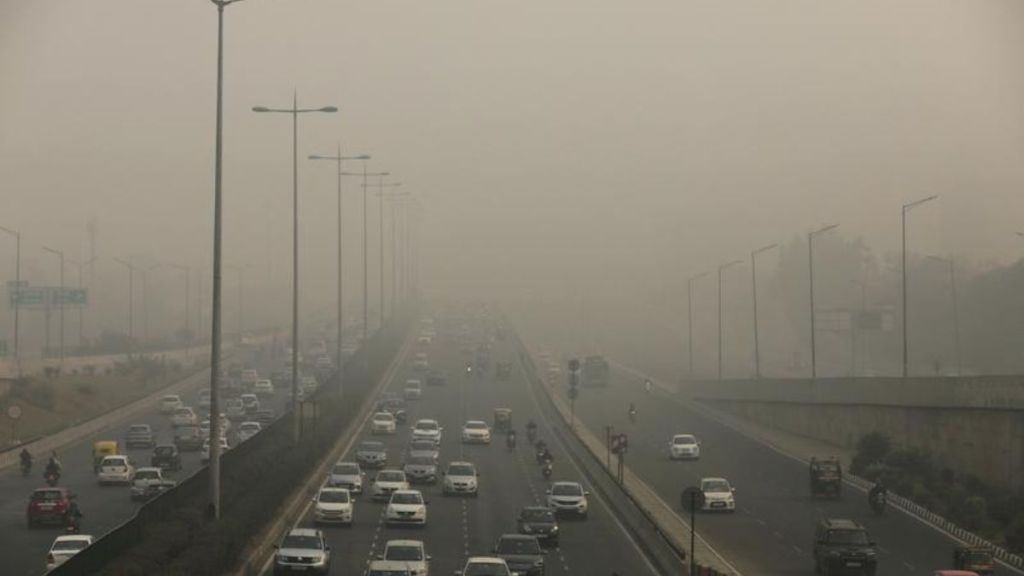Delhi’s Air Quality Index (AQI) stood at 260, in the ‘poor’ category, around 8 AM on Saturday morning, with the temperature in the national capital standing at 21.4 degrees Celsius.
The IMD has predicted a mainly clear sky becoming partly cloudy towards afternoon or evening. The maximum temperature is likely to settle at 36 degrees Celsius. The humidity at 8.30 am was recorded at 83 per cent.
An AQI between zero and 50 is considered ‘good’, 51 and 100 ‘satisfactory’, 101 and 200 ‘moderate’, 201 and 300 ‘poor’, 301 and 400 ‘very poor’, and 401 and 500 ‘severe’.
The air quality in Delhi has been a recurrent issue, particularly as the city transitions from the fall season to winter, when adverse weather conditions often exacerbate pollution levels. The ‘poor’ AQI reading signifies that air quality poses health risks, especially to sensitive groups like children, the elderly, and individuals with pre-existing respiratory or cardiovascular conditions.
Government authorities and environmental agencies have been vigilant, implementing a slew of measures to mitigate pollution. With the air quality deteriorating to the ‘poor’ category in the Capital on Friday (October 6), pollution-control measures under stage I of the Graded Response Action Plan (GRAP) have been imposed across Delhi-NCR.
Steps that are to be implemented as part of Stage I of GRAP include dust-control measures like periodic mechanised sweeping and water sprinkling, dust-mitigation measures at construction and demolition sites, and use of anti-smog guns, ensuring pollution-control regulations in industries and emission norms in thermal power plants.
Diversion of truck traffic not destined for Delhi through the eastern and western peripheral expressways, ban on coal/firewood in tandoors in hotels and open eateries, are also among the measures taken by the Delhi government.
Restrictions under stages II, III and IV of GRAP would be invoked if AQI hits the ‘very poor’, ‘severe’, and ‘severe plus’ categories respectively.


